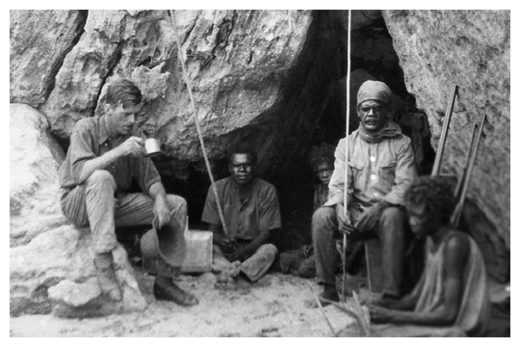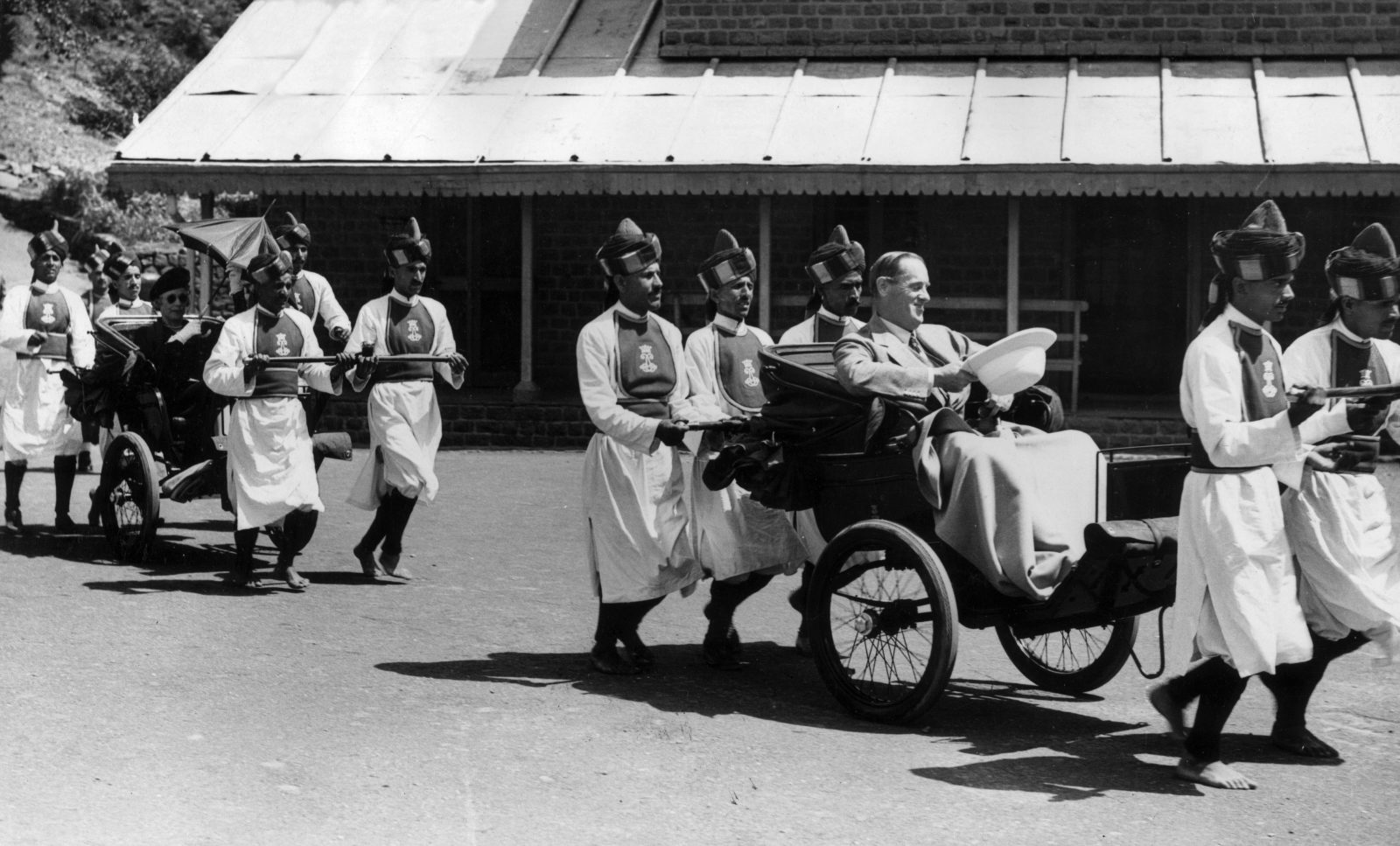
© The University of Adelaide Adelaide
DNA in hair samples collected from Aboriginal people across Australia in the early to mid-1900s has revealed that populations have been continuously present in the same regions for up to 50,000 years - soon after the peopling of Australia.
Published today in the journal
Nature, the findings reinforce Aboriginal communities' strong connection to country and represent the first detailed genetic map of Aboriginal Australia prior to the arrival of Europeans.
These are the first results from the
Aboriginal Heritage Project, led by the University of Adelaide's
Australian Centre for Ancient DNA (ACAD) in partnership with the South Australian Museum.
Researchers analysed mitochondrial DNA from 111 hair samples that were collected during a series of remarkable anthropological expeditions across Australia from 1928 to the 1970s and are part of the South Australian Museum's unparalleled collection of hair samples.
Mitochondrial DNA allows tracing of maternal ancestry, and the results show that modern Aboriginal Australians are the descendants of a single founding population that arrived in Australia 50,000 years ago, while Australia was still connected to New Guinea. Populations then spread rapidly - within 1500-2000 years - around the east and west coasts of Australia, meeting somewhere in South Australia.
"Amazingly, it seems that from around this time the basic population patterns have persisted for the next 50,000 years -showing that communities have remained in discrete geographical regions," says project leader
Professor Alan Cooper, Director of ACAD, University of Adelaide.
"This is unlike people anywhere else in the world and provides compelling support for the remarkable Aboriginal cultural connection to country. We're hoping this project leads to a rewriting of Australia's history texts to include detailed Aboriginal history and what it means to have been on their land for 50,000 years - that's around 10 times as long as all of the European history we're commonly taught."


Comment: See also: